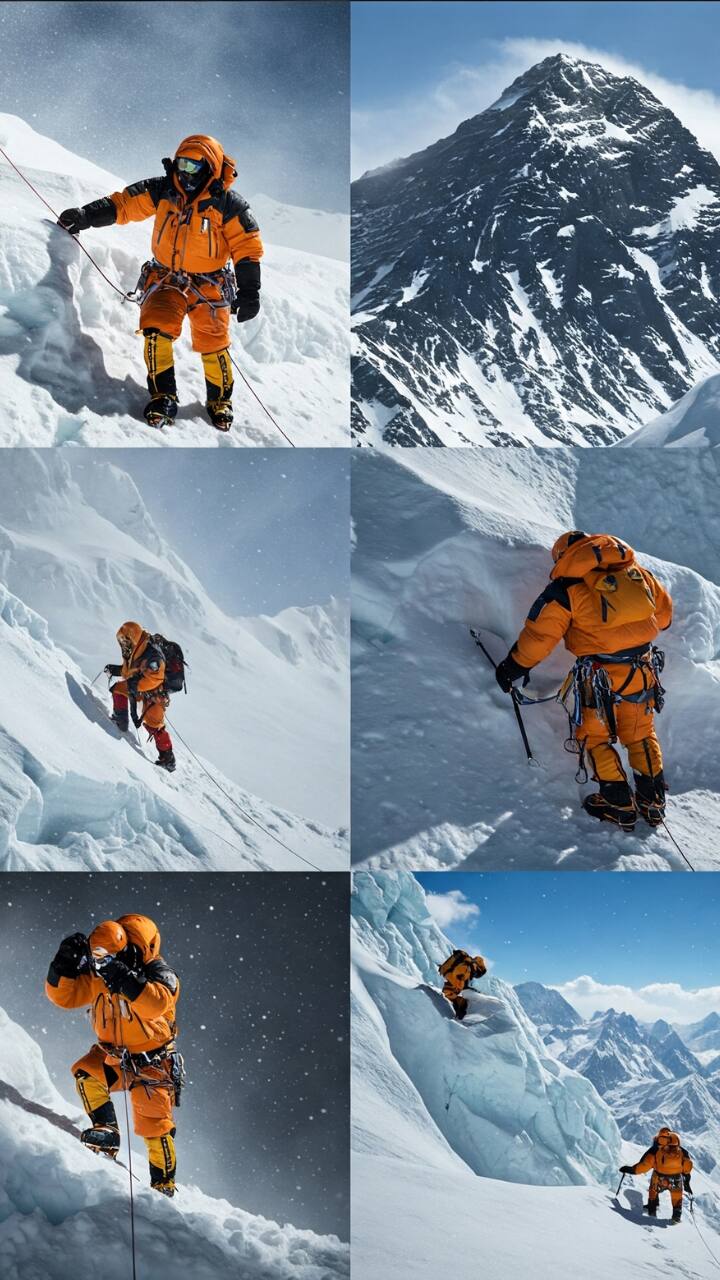
International Everest Day: 7 Life Threatening Challenges Climbers Face
Extreme Altitude (The Death Zone)
Above 8,000 meters (26,247 ft), oxygen levels are so low that the human body starts to shut down. It leads to confusion, fatigue, and even death if not handled quickly.
Crevasses
Hidden deep cracks in glaciers can be impossible to detect under snow and have swallowed entire climbers. Even roped teams are at risk.
Altitude Sickness (AMS, HAPE, HACE)
Conditions like Acute Mountain Sickness, High Altitude Pulmonary Edema (fluid in lungs), and High Altitude Cerebral Edema (fluid in brain) can be fatal if not descended quickly.
Harsh Weather & Sudden Storms
Temperatures can drop below –40°C (–40°F) with hurricane-force winds. Whiteouts and storms often strike without warning, leading to frostbite or being stranded.
Exhaustion and Oxygen Depletion
Climbers can collapse from pure fatigue. Limited oxygen supplies add to the danger — especially if tanks fail or run out during the descent.
Traffic Jams Near the Summit
During peak season, overcrowding causes long delays in the Death Zone. Waiting too long without oxygen increases risk of frostbite, collapse, or death.
Avalanches
Unpredictable snow slides can wipe out climbers within seconds — often with no warning and little chance of survival.